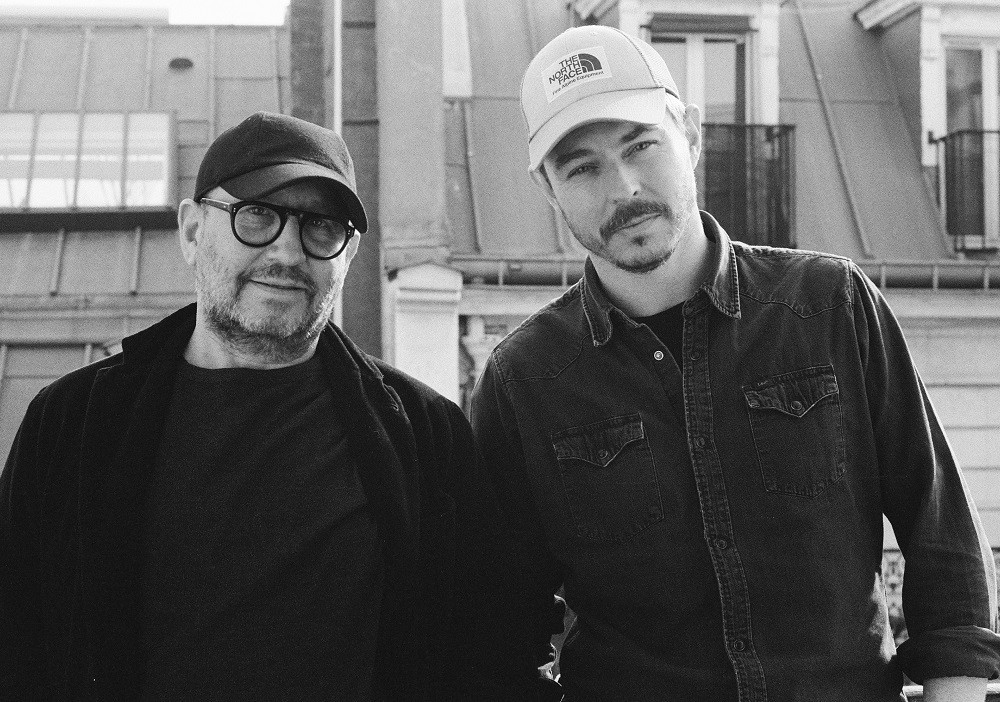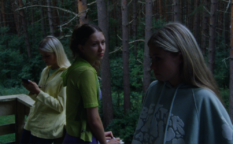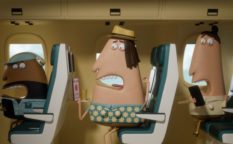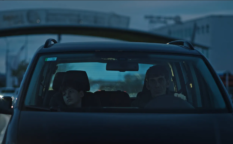Thierry Demaizière & Alban Teurlai: “The kids are so used to the cameras that ours was just one more”

One could say that Thierry Demaizière & Alban Teurlai so far made three dance-centered documentaries, considering that Rocco Siffredi is a special kind of dancer. Joking aside, the directing duo is back in the festival circuit with Rookies, a documentary dedicated to a very special educational project in the Parisian Turgot school, or rather to its participants and initiators.
The time about asking THAT question about why and how two people can work together and create film after film has passed, because we know beeter by now. It is safe to say that in case of Thierry Demaizière & Alban Teurlai this collaboration has proved golden multiple times. Now at the Berlinale to present their film in the Generation 14plus program, they speak about the origins or Rookies, the kids and teachers they got to know in the process, and about bonds tied through the shooting of a documentary.
***
This is not your first documentary about dance and choreography. The first one was “Reset” (2015) about the famous dancer/ choreographer Benjamin Millepied. How did you come to this story?
We came to it by chance. The co-author of our film Elsa Le Peutrec had read something about this program in the press, and she told us about it. We wanted to meet the teacher David Bérillon right away, and when we finally did, we knew that this was the subject on which we wanted to make a movie, and that it needed a wonderful theatrical release.
And since you mentioned Millepied, yes we liked the idea that once we had worked with what you can call one of the most prestigeous theatre instititions in the world of dance, of suddenly going into the completely oposite direction and making a film about the street dance.
It is not really clear how the Turgot school dance project came to be. Could you elaborate?
The project was a joint idea of the school’s principal and the sports teacher. Their idea was to look for the kids who were not doing great at learning, and who almost dropped out of school with a thought that they could bring them together through hiphop and also by such means – their desire to learn.
How did you get close to the kids and manage to have such sincere, and at moment intimate exchange of thoughts in front of the camera?
We were a small, three persons crew and of course we had to meet the students and the teacher and to gain their trust, but that part came quickly. Think of it – they are all 15-16-year-old teenagers, which means they were born with their smart phones. They are so used to the cameras, that ours was just one more. The question if we were disturbing their practice was absolutely not an issue. Our presence was barely noticed.
Turgot is in a prestigeous part of Paris and has students from welthier families as well. So was the dance project also finacially supported by the state?
It is a public school, so the initiative is completely theirs. It does have the educational board support of the academy. Although it is an unique project in France, it doesn’t mean that the students get any kind of scholarship or finacial support. That’s why you can see that moment in the film when the teacher is worried, and he is asking some of the students if they are eating properly because the only thing the school can do in that sense is to try to get them lunch at the school canteen. There is no other kind of support.
Have you experienced a special kind of bonding during the set?
Yes, for sure. We are in touch, and we got very close. We communicate with many of them regularly although the film was completed two years ago. We are talking on the phone, and trying to keep up with David, and the film is going to be realeased in two months from now in Paris. They will take part in the promotion, and be present at screenings and premieres. The kids are a bit older now, and they watched the film around Christmas. They loved it! Making of a documentary usually catalyses things and creates bonds.
In recent years, documentaries have been justifyingly elevated to the same level as live action movies and one of them, also dedicated to the special type of approach to students (Maria Speth’s “Mr Bachman and his class”) was quite a sucess at the last year’s Berlinale. You made a film that goes even a step further, and is more about proper bonding.
It makes us happy to see that in the recent years documentaries are recognized in their entire value. One thing that is quite striking is how the quality of the documentary filmmaking, and their production values got equivalent to fiction, whereas so many live action movies try to imitate the documentary approach. So the both genres are intersecting.
And also, at least we think so, documentaries expose the truth, and the nuances that they can convey are so much stronger than any performance delivered by an actor.
I have noticed that the music used in the film is quite similar to the scores in your previous films. Did you collaborate with the same composer?
Yes, we did. It was the similar touch but not the same. We always work with the same composer.
What does this film mean to you?
We are in this electorial pain right now and the identity issue is always brought up in a very obsessive way especially by the far right, and what we could observe and bring back home was how a school courtyard is enough to bring the schoolkids from all different backgrounds, different experiences and neighborhoods together. They are all mixed – the burgois and the working class, the town center and the banlieu. Of course there were some prejudices before we started working together, but then everyone started doing things together, dancing together and bonding. We could see right on the spot how the cultural & social diversity works, and that was something that gave us hope for the future generations.
There are some very personal stories shared by the kids, and at moments the film feels like a psychotherapy session. How did they react when they saw this material?
Not only have they ok-ed the film, they were very happy with the final result. Honestly we were very worried, especially in case of the boy who spoke so frenkly about his bipolar mother. He was the first one who watched the film, and he decided not to take any single line out. He was ok with it.
The positioning of the camera, especially dealing with the movement at the competition, must have been particularly difficult.
You are right. It was complicated because one of the first reflexes would be to shoot with wide, fixed angles, but those battles don’t work that way because there is too much energy inside of the circle. What we needed to do is to work with one camera only not to disturb the competition. We had to create an immersive experience.
















